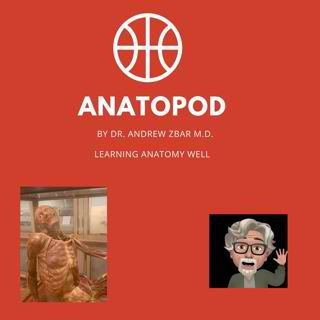
Part 2 - Getting Hold of Bodies: The Genesis of the Anatomy Act and the Traffic of Corpses to the Medical Schools
Om episode
I continue with the trans-Atlantic story of the traffic of dissectable corpses, beginning with the notorious Burke and Hare scandal in England. This was soon followed by the Bishop and Williams scare which galvanized the Utilitarian Anatomy Act of 1832 proposed by Henry Warburton MP. But the Act transferred the burden of dissection onto those who died in the infirmaries, the workhouses, the almshouses and the asylums without body claim. All it did was to transfer that onus onto the indigent effectively criminalizing poverty. Nevertheless the trade of the resurrection men (and their American equivalent, the sack-‘em-up men) disappeared and were replaced by State-sanctioned Anatomy Inspectorates. In amongst this I discuss the tragic case of the Lewes farmer Stephen Pollard who was killed in a negligent operation for cutting the stone. The idea that an exposure by the surgeons to more bodies might somehow result in an improvement in patient care in the infirmaries was more aspirational than real. Significant improvements would have to await the advantages of anaesthesia and antisepsis and the Anatomy Act for the moment had little impact on the terrible in-hospital mortality and carnage.